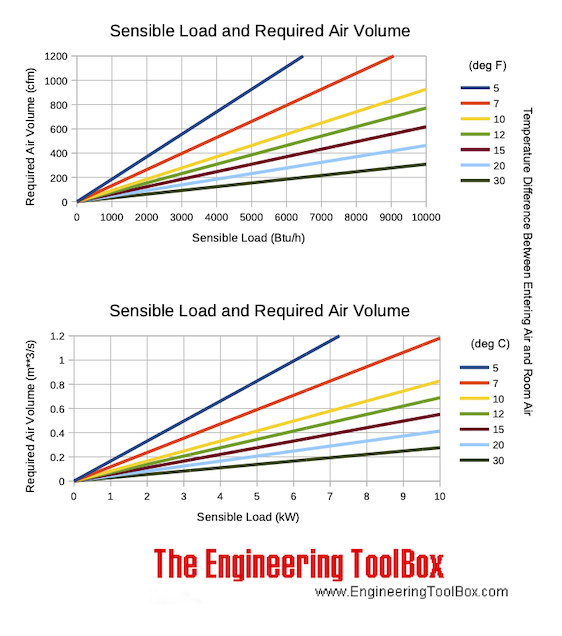Electrical Installation Calculations: Basic originally written by A.J.Watkins and R.K. Parton has been the preferred book for students looking to gain an understanding of electrical theory and calculations for many years. This edition has been updated so that the calculations and explanations comply with the 17th edition wiring regulations. Voltage - the electrical pressure needed to force current through any load. Units - Volts, V: Measured line to line or line to neutral with a voltmeter. 208 volts to neutral Do not use L2 to neutral for 1 pole breakers, will supply 208 volts. Only L1 and L3 can be used for 115 volts. Step 4: 220.53 – Demand Factor – Appliance Loads – Dwelling Units. Step 5: 220.54 – Clothes Dryer – The greater of 5 kW or nameplate value. Step 8: 220.50 – 25% of largest motor FLA. Of 120, 240 and 480 Volts to be used for load calculations.
Design calculations
Design calculations establish minimum guidelines and requirements for generating electrical calculations on projects. Electrical calculations should be made for all projects that include electrical components and should be filed in the project notebook.
Design calculations may be made either manually or by computer programs. At a minimum, the following types of calculations should be made where applicable:
- Load calculations
- Conductor sizing
- Conduit sizing
- Motor branch circuit sizing
- Power factor improvement
- Transformer primary and secondary circuit sizing
- Voltage drop
- Motor starting voltage dip
- Short circuit analysis
- Lighting levels
- Grounding in substations (where step potentials are of concern)
- Harmonic distortion analysis
- Cable pulling calculations
- Generator capability/motor starting.
Load
Load calculations should be made using applicable sections of NEC Articles 220, 430, and other sections of the NEC.
The following load calculations should generally be used for sizing:
- Feeder conductors and protective devices
- Transformers
- Panelboard and switchboard main busses
- Motor control center components
- Service entrance devices and conductors
An allowance must be made for future load growth. The loads for each branch of the distribution system can then be summed back to the service entrance equipment.

Generator Sizing
The following information is intended to familiarize the design engineer with terms used by generator sizing software and underlying formulas.
Generator single or multi-sets must be sized to supply maximum starting (SkVA), stead-state running (RkVA) and non-linear (GkW) demands of connected and future electrical equipment.
Information critical to the sizing and selection of generator single or multi-sets include:
- Environmental conditions: elevation, temperature, indoor or outdoor
- Noise abatement requirements: mufflers, enclosure, silent models
- Fuel: diesel, gasoline, natural gas
- Fuel storage: skid mounted tank, day and remote tanks
- Cooling: liquid cooled radiator, forced air
- Voltage regulation: maximum allowable voltage dips
- Operation: prime, standby
- Voltage ratings: voltage, 3-phase, 1-phase, solid grounded, delta, wye
- Connected loads: Linear, non-linear, power factor
- Load operation: Motor starting methods, single step, single step with diversity, multiple steps of loading
- Future loads
Sizing Procedures for Generator Single or Multi-sets
The following is the sizing procedure for generator single or multi-sets:
- Prepare a load schedule.
- Enter individual load characteristics in software.
- Enter loads in step sequence in software.
- Have software calculate and select a generator set.
It is a good practice to request a verifying calculation from the preferred genset manufacturer.
Industrial Electrical Load Calculation Pdf

Showing top 8 worksheets in the category - Electrical Load Calculation.
Some of the worksheets displayed are Residential electrical load calculation work, Standard method for dwelling service calculations, Handbook of electric power calculations, Residential hvac work, 75 8721 e z k e z de, Quantity volt amperes va g, Introduction to unit 1electricians math and basic, Energy calculation work 2018.
Once you find your worksheet, click on pop-out icon or print icon to worksheet to print or download. Worksheet will open in a new window. You can & download or print using the browser document reader options.